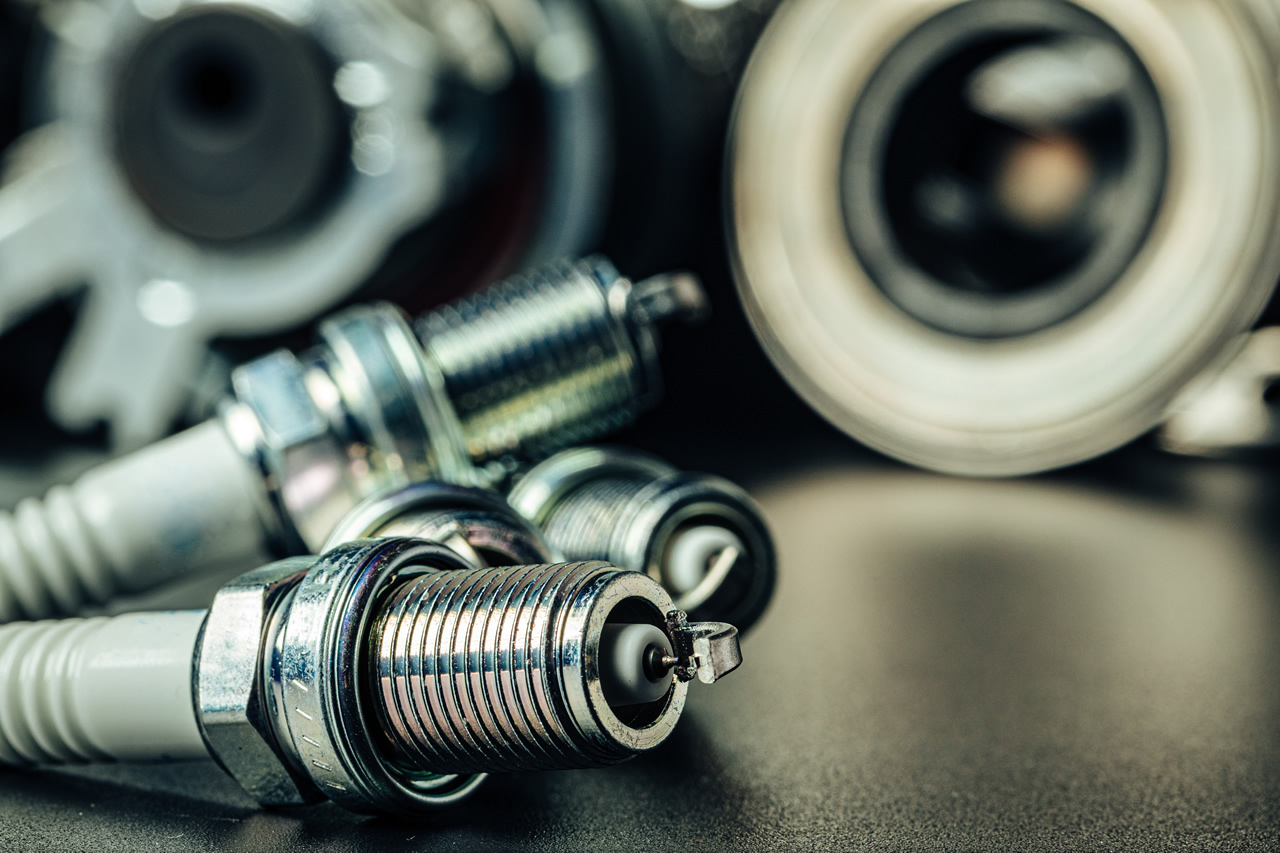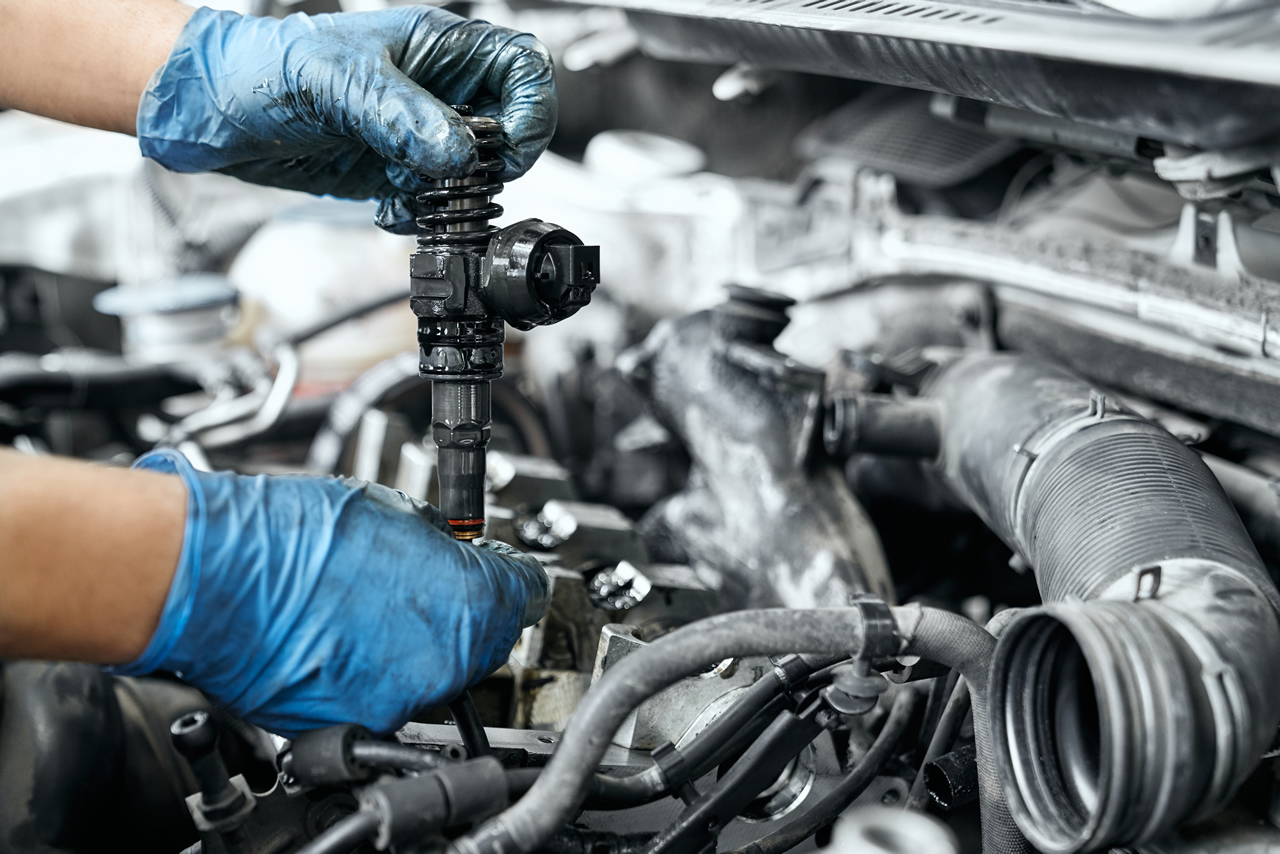Ignition timing is a crucial aspect of engine performance and fuel efficiency. It refers to the precise moment the spark plug fires, igniting the air-fuel mixture in the combustion chamber. This guide provides an in-depth understanding of ignition timing, its importance, signs of incorrect timing, and how to check and adjust it for optimal performance.
The Components of an Ignition System
An ignition system consists of several components that work together to create a spark for combustion. These components include:
- Battery: Supplies the electrical power for the ignition system.
- Ignition Coil: Transforms the battery's low voltage into a high voltage, required for the spark plug to fire.
- Distributor: Distributes the high voltage to the appropriate spark plug at the correct time.
- Spark Plug: Ignites the air-fuel mixture in the combustion chamber, generating power to move the vehicle.
- Ignition Control Module: Controls the ignition coil's firing and timing.
Understanding Ignition Timing Basics
Ignition timing is measured in degrees relative to the crankshaft's position. It's categorized into two types:
- Initial Timing: Also called static timing, it refers to the spark plug firing when the engine is idle.
- Total Timing: The combination of initial timing and any additional timing adjustments made as the engine RPM increases.
Ignition timing is influenced by factors such as engine load, temperature, and RPM. Modern vehicles use electronic ignition systems with sensors and engine control modules (ECMs) to monitor and adjust ignition timing automatically.
The Importance of Correct Ignition Timing
Correct ignition timing is vital for the following reasons:
- Performance: Optimal timing ensures maximum engine power and torque, resulting in better acceleration and overall performance.
- Fuel Efficiency: Proper ignition timing allows the engine to burn the air-fuel mixture more efficiently, improving fuel economy.
- Emissions: Correct timing reduces harmful emissions by ensuring complete combustion of the air-fuel mixture.
- Engine Longevity: Incorrect timing can cause undue stress on engine components, leading to premature wear and potential damage.
Signs of Incorrect Ignition Timing
Some common signs that your vehicle's ignition timing may be off include:
- Poor Performance: Reduced acceleration, sluggish response, or a noticeable loss of power.
- Decreased Fuel Efficiency: Increased fuel consumption due to improper combustion.
- Engine Misfires: The engine may stutter, jerk, or hesitate during operation.
- Hard Starting: Difficulty starting the engine, especially when cold.
- Pinging or Knocking: Unusual noises from the engine, often described as pinging or knocking sounds.

Signs of Incorrect Ignition Timing
Some common signs that your vehicle's ignition timing may be off include:
- Poor Performance: Reduced acceleration, sluggish response, or a noticeable loss of power.
- Decreased Fuel Efficiency: Increased fuel consumption due to improper combustion.
- Engine Misfires: The engine may stutter, jerk, or hesitate during operation.
- Hard Starting: Difficulty starting the engine, especially when cold.
- Pinging or Knocking: Unusual noises from the engine, often described as pinging or knocking sounds.
How to Check and Adjust Ignition Timing
Checking and adjusting ignition timing varies depending on the type of ignition system in your vehicle. For older vehicles with a distributor-based system, follow these steps:
- Gather Tools and Equipment: You will need a timing light, a wrench, and a jumper wire (for some vehicles).
- Locate the Timing Marks: Find the timing marks on the crankshaft pulley and the timing scale on the engine block.
- Warm Up the Engine: Start the engine and allow it to reach operating temperature.
- Connect the Timing Light: Attach the timing light's power and ground cables to the battery, and connect the inductive pickup to the number one spark plug wire.
- Disable the Ignition Advance: For vehicles with a vacuum advance, disconnect and plug the vacuum line. For vehicles with an electronic advance, you may need to use a jumper wire to disable the advance.
- Check the Timing: With the engine running at idle, aim the timing light at the timing marks. The illuminated mark on the crankshaft pulley should align with the specified initial timing setting on the engine block scale.
- Adjust the Timing: If the timing is incorrect, loosen the distributor hold-down bolt and rotate the distributor until the marks align with the specified setting. Tighten the bolt and re-check the timing.
- Reconnect and Test: Reconnect the vacuum advance or remove the jumper wire, and test the engine for improved performance.
For modern vehicles with electronic ignition systems, ignition timing is controlled by the engine control module (ECM) and generally cannot be adjusted manually. In such cases, a scan tool or professional diagnostic equipment is required to check and adjust the timing if necessary.
Common Ignition Timing Issues and Solutions
Here are some common ignition timing issues and their possible solutions:
- Worn or Damaged Distributor Components: Inspect the distributor cap, rotor, and mechanical advance components for wear or damage. Replace any faulty parts as needed.
- Faulty Ignition Coil: Test the ignition coil for proper operation and replace it if necessary.
- Malfunctioning Sensors: Check the crankshaft position sensor, camshaft position sensor, and other related sensors for proper function. Replace any faulty sensors.
- Engine Control Module (ECM) Issues: If the ECM is not accurately controlling the ignition timing, it may require reprogramming or replacement.

Ignition timing plays a critical role in your vehicle's performance, fuel efficiency, and overall engine health. Understanding the basics of ignition timing and its components, recognizing the signs of incorrect timing, and knowing how to check and adjust it when necessary can help you maintain optimal engine performance. For modern vehicles with electronic ignition systems, professional diagnostic tools or assistance from a qualified mechanic may be required to address ignition timing issues.


